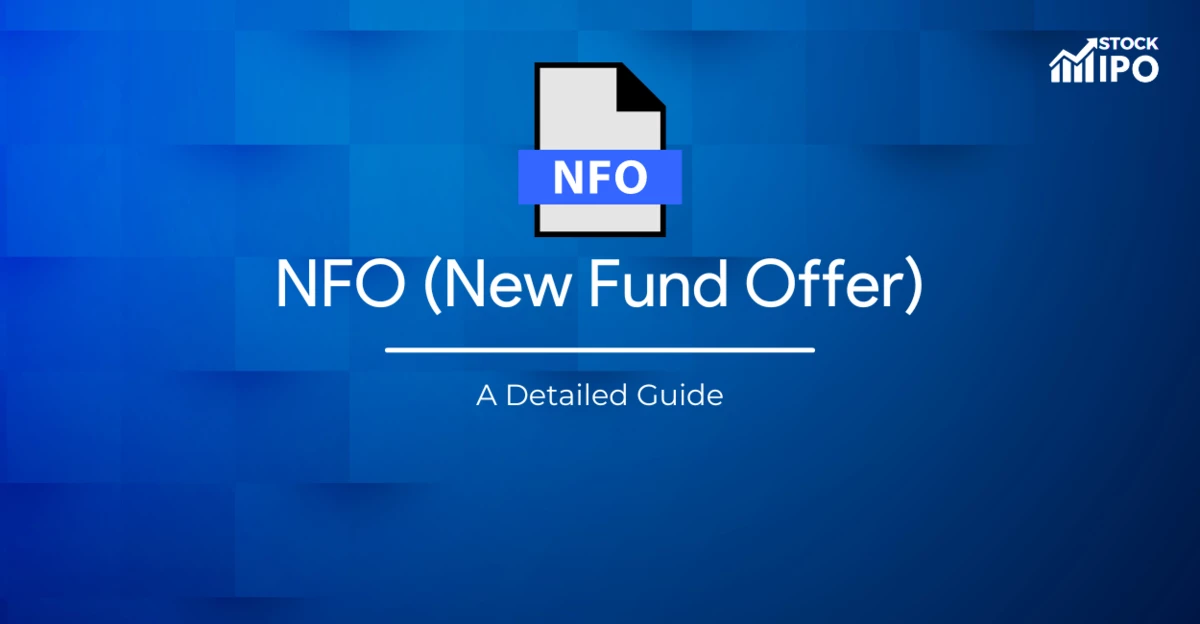Anchor investors are institutional investors who agree to buy a large number of shares in a company’s initial public offering (IPO) before the IPO is launched. The purpose of anchor investors is to provide stability to the IPO by demonstrating confidence in the company and its stock. This can help to attract other investors and increase the demand for the company’s shares.
Anchor investors are usually large institutional investors such as mutual funds, pension funds, and insurance companies. They are typically experienced in investing in publicly traded companies and have the financial resources to make a significant investment in an IPO.
The role of anchor investors in an IPO is to provide liquidity to the market by agreeing to buy a large number of shares at the offering price. This helps to ensure that there is sufficient demand for the shares and that the IPO is successful. In return for their commitment to buy shares, anchor investors may receive a discount on the offering price, as well as other incentives such as a lock-up period during which they are not allowed to sell their shares.
Anchor investors are typically chosen by the company going public and its underwriters based on their reputation, financial strength, and investment track record. The company and its underwriters may also consider the anchor investor’s ability to help promote the IPO and generate additional interest from other investors.
Anchor investors can play a significant role in the success of an IPO. By committing to buy a large number of shares, they can help to build confidence in the company and its stock, which can lead to increased demand and a higher share price. This can be beneficial for both the company and its shareholders, as it can result in a higher valuation and potentially greater returns on investment.
However, there are also potential risks associated with anchor investing. If the company’s stock does not perform well after the IPO, anchor investors may suffer significant losses. In addition, if the anchor investor is not able to sell its shares during the lock-up period, it may be unable to respond to changes in market conditions or take advantage of other investment opportunities.
Explanation with an example
For example, let’s say that XYZ Corporation is preparing to go public and is looking for anchor investors to help support the company’s IPO. The company approaches a large investment firm, such as a mutual fund or a pension fund, and offers to sell a large block of stock at a discounted price. The investment firm agrees to make the investment, becoming an anchor investor in XYZ Corporation. This investment helps to give other investors confidence in the company, and may help to stabilize the price of the company’s stock after the IPO.
Conclusion
Overall, anchor investors play a key role in the IPO process by providing stability and liquidity to the market and helping to attract other investors. While there are potential risks associated with anchor investing, it can also provide the opportunity for significant returns on investment for those willing to take on the risk.







